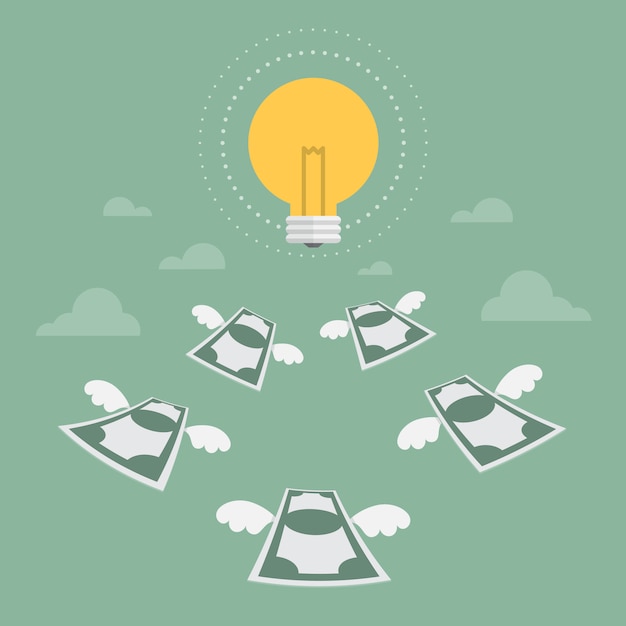Ever since the First Industrial Revolution, machinery and equipment sometimes are viewed as hideous and monstrous. It was conceptualized by industries’ nature to thrive at the expense of nature. There will be deforestation or land claiming, resulting in decreasing soil quality and ground integrity. On top of that, there are also huge pollution risks towards air and surrounding water. Not to mention, there might be traces of dangerous chemicals that would endanger not just the nature but to human as well.
To be fair, industries are not simply machinery of destruction. Industries are the engine of human development. The challenge is always about managing limited resources as to produce more output. Hence, there are constraints as to mitigate between gaining profit and conserving the environment.
Most of the time, industries are not utilizing their assets well resulting in energy wastage. Plus, more energy is consumed to overcompensate asset deficiencies. Not only it will hurt operation expenditure in form of higher utilities bill, it will also cause shorter duration of wear-and-tear for machinery and equipment.
Other than that, industries have tendencies to only view building as it is. They are not aware that building has more to offer as an asset. There are ways and means as to empower building that will prevalently reduce maintenance cost as well as adding long term value in sense of day-to-day operation. More often than not, industries did unnecessary spending to perform tedious and menial maintenance task that could be completed in better and more effective way.
This is where Syrefl Holdings steps in.

Incorporated in 2011 as Revolt Engineering, the company started small with focus on being an engineering and construction service provider. Throughout the years, the company grew by leaps and bound especially after acquiring Flex Engineering, a company in the niche of building maintenance, in June 2017. With this, Syrefl Holdings Sdn Bhd was formed.
As an engineering company that focuses on energy saving and building maintenance, SYREFL understands what industries need the most to achieve their organizational goals. The key lies on optimization and efficiency.
Syrefl has three segments namely Energy Efficiency Solutions (EES), Building Technology Expert (BTE) and Building Facilities Services (BFS). These segments perform specific roles to tackle issues pertaining optimization and efficiency of any building.
Not only that, Syrefl also provides consultation service to help clients to better manage their assets to its fullest capabilities. This allows Syrefl to be a one stop total building solutions provider while still be able to fulfil ad-hoc requests that covers only part of said discipline.
In addition, Syrefl has advantages in terms of engineering expertise. Here in Syrefl, people with exceptional technical skills and qualifications gather. This situation guarantees confidence towards clients that they are in safe and reliable hands. It will then turn into a worthwhile working experience for both parties thus fostering Syrefl credibilities.
On top of in-house expertise, Syrefl is backed by dependable partners. Well-known brand names in engineering discipline like Siemens, Phillips, Cisco and ABB, to name a few, is working hand-in-hand with Syrefl. This amazing partnership safeguards project delivery and consistency and produces great outcome for clients. Moreover, Syrefl’s partners have astounding after-sales services and shorter turnaround time for parts replacement. This obviously boost project speed thus saving client’s profit from being affected by downtime. Syrefl has come a long way to be here. Surely, the journey for excellence is far ahead. With current mindset and steel determination, Syrefl will be on a greater height than before. Therefore, it will great to be of acquaintance with Syrefl as to be better – TOGETHER.














